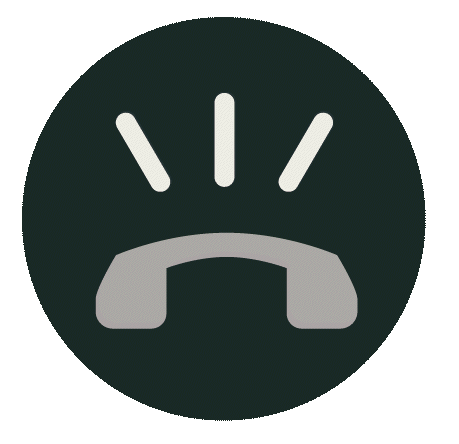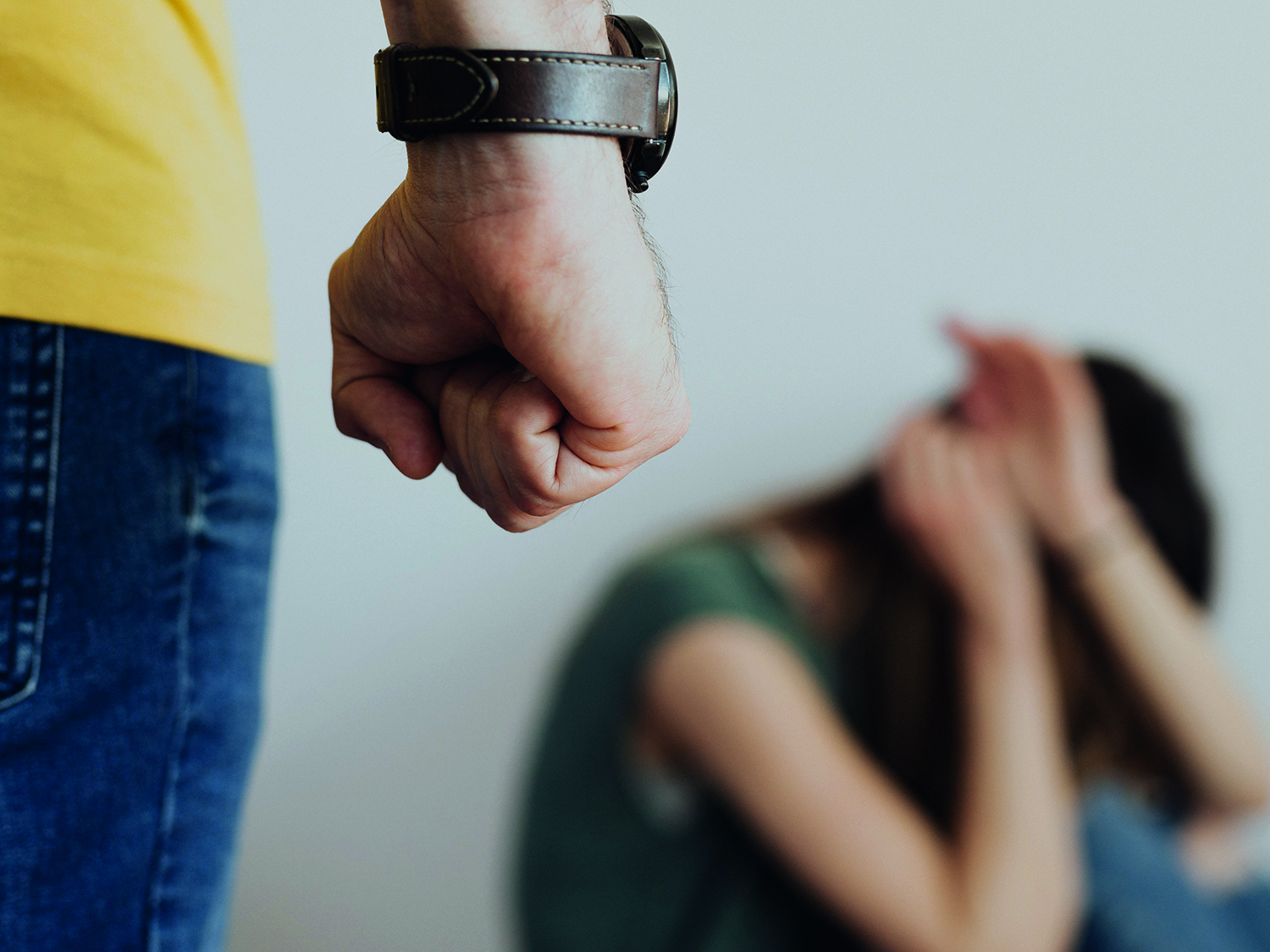 Geografie
Geografie

46503518 / 55502992
Mais
Anbau, Geschichte, Nutzung
Mais ist eine der ältesten Kulturpflanzen der Welt. Ursprünglich kommt er aus Mittelamerika und war dort als Nahrung unentbehrlich. Christoph Kolumbus hat einige dieser Getreidepflanzen auf seinen Schiffen mit nach Europa genommen, so verbreitete sich die Pflanze recht schnell.
Durch Züchtung wurden die Maiskörner größer und passten sich besser an unser Klima an.
Der Film zeigt Aussehen und Fortpflanzung der Maispflanze und alles über ihren Anbau, aber auch die heutige Nutzung als Lebens- und Futtermittel und das umstrittene Produkt Rohstoff.
Denn seit einigen Jahren braucht man Mais nicht nur für die Ernährung an: Zusammen mit Mist von Schweinen oder Rindern gibt man Mais in Biogasanlagen. Bei diesem Prozess entstehen Gase, in denen viel Energie steckt. Diese liefern je nach Bedarf genug Rohstoff für Strom, Wärme oder Kraftstoffe.
Die Testfragen, das Glossar und die interaktiven Aufgaben wurden mit H5P erstellt und können ohne weitere Software verwendet werden.
Trailer abspielen

Lehrplanzentral und an den Bildungsstandards orientiert
Passend dazu
Häusliche Gewalt
Häusliche Gewalt ist ein verborgenes Problem mit einer erschreckend hohen Dunkelziffer.










